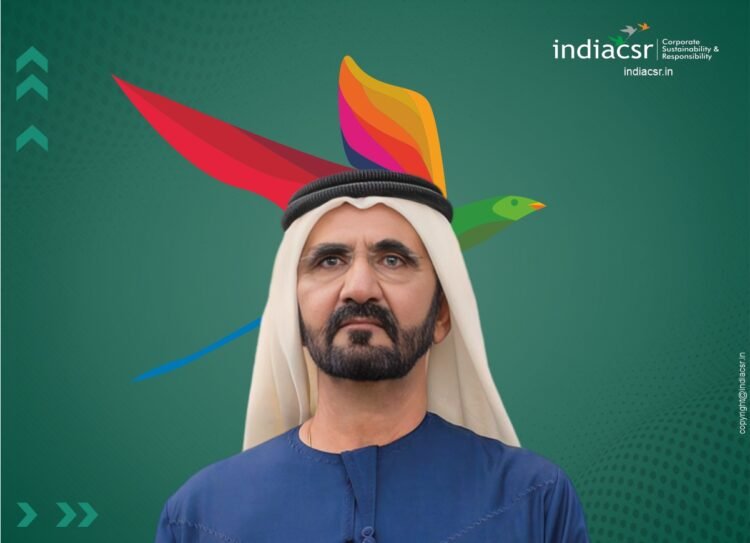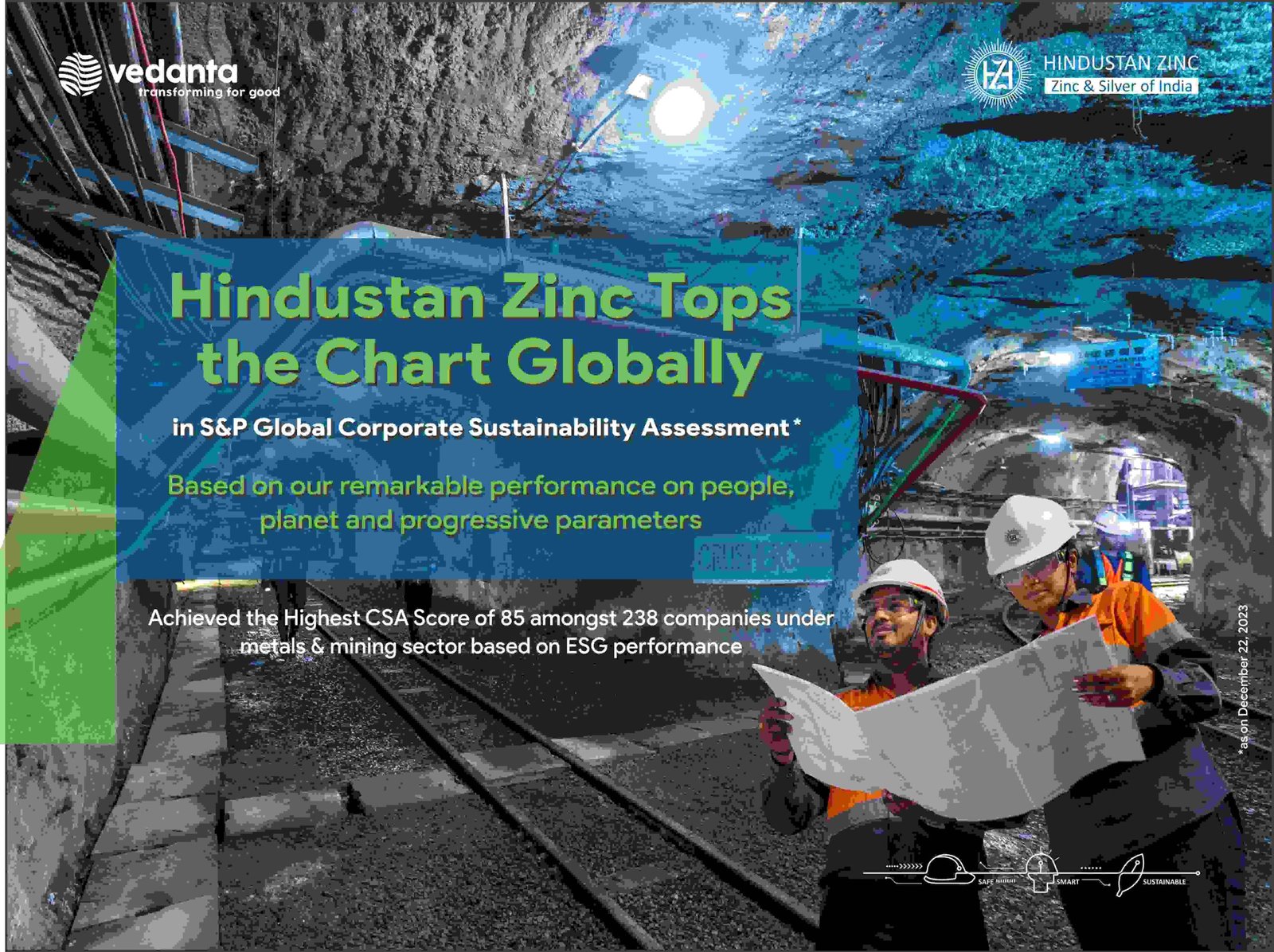Through these multi-faceted initiatives, Emirates is demonstrating its commitment to minimizing its environmental footprint and transitioning to more sustainable operations.
Emirates, the global airline based in Dubai, has outlined its comprehensive strategy to reduce its environmental impact. The company’s Environmental Sustainability Framework focuses on three key pillars: reducing emissions, consuming responsibly, and preserving wildlife and habitats. In a year marked by strategic expansions and sustainability milestones, Emirates has taken notable strides in transforming its Environmental Policy into tangible actions, firmly rooted in its newly established Environmental Sustainability Framework. With 149 airports in 78 countries on its route map, the airline continues to prioritize reducing emissions, consuming responsibly, and preserving natural habitats as it scales up operations.
Pioneering Sustainability Efforts
Reducing Emissions
Emirates has implemented a comprehensive approach to minimize its carbon footprint, focusing on both innovative and traditional methods to reduce emissions.
This includes the adoption of Green Standard Operating Procedures (Green SOPs) by pilots, which have significantly lowered fuel burn by over 48,000 tonnes and cut carbon emissions by more than 151,000 tonnes during the fiscal year 2023-24. By integrating education, awareness, data analytics, and technology, the company is not only enhancing our sustainability but also maintaining the highest safety standards.
Supporting Research and Development
Emirates has committed US$ 200 million over three years to fund research and development projects focused on advanced fuel and energy solutions for aviation. This investment signifies the airline’s dedication to reducing the environmental impact of fossil fuels in commercial aviation. These funds are expected to support various projects over the next three years, focusing on advancing fuel and energy solutions that could revolutionize the commercial aviation landscape.
Engaging in Renewable Energy Initiatives
In addition to operational efficiencies, Emirates is actively shifting towards renewable energy sources. Significant strides have been made across its dnata operations, where renewable energy, particularly solar and wind, is procured in markets like the UK and Ireland. This switch has enabled dnata to significantly reduce its dependence on fossil-fuel-generated electricity.
*****

Technological Innovations and Fleet Enhancements
Upgrading to Eco-Friendly Technology
To further its commitment to sustainability, Emirates is upgrading its fleet with newer, more fuel-efficient aircraft such as the Airbus A350 and Boeing 777X, set to join from 2024 onwards. These aircraft promise up to 22% improved fuel efficiency, marking a significant step towards reducing the airline’s environmental impact.
Operating modern and efficient aircraft has always been at the core of Emirates’ business model. The introduction of next-generation aircraft not only enhances operational efficiency but also significantly cuts down carbon emissions.
Electric and Hybrid Ground Support Equipment
In parallel, the airline’s ground operations have seen a substantial overhaul with the introduction of electric and hybrid ground support equipment (GSE). This shift is most notable in the Netherlands, where 65% of the fleet is now electric. The Green Fleet Strategy spearheaded by dnata aims to replace diesel-operated engines with hybrid, electric, or hydrogen alternatives across all operations.

*****
Commitment to Sustainable Aviation Fuels
Partnerships for Sustainable Fuel
Emirates has not only embraced technological innovation but also formed strategic partnerships to secure sustainable aviation fuels (SAF). This year, it entered agreements with Shell and Neste, which will see Emirates being supplied with over 3 million gallons of SAF for flights departing from Amsterdam Schiphol and Singapore Changi airports between 2024 and 2025.
The impact of these partnerships extends beyond immediate emissions reductions to fostering a broader adoption of SAF within the industry.
*****
Future Outlook
Offsetting Inevitable Emissions
Despite these advancements, some emissions remain unavoidable. To address this, Emirates has committed to the Carbon Offsetting and Reduction Scheme for International Aviation (CORSIA), which aims to stabilize international aviation emissions at 2019 levels by using carbon offsets and promoting low-carbon fuels.
Through a mix of strategic partnerships, technological upgrades, and robust policy frameworks, Emirates is setting a high bar for sustainability in aviation, reflecting its dedication to environmental responsibility amidst global operational expansion. As these initiatives unfold, the impact of Emirates’ commitments on the broader aviation industry remains a focal point of interest for environmental advocates and industry observers alike.
*****
Key Facts and Figures: Emirates’ Environmental Initiatives
This table encapsulates the critical facts regarding Emirates’ comprehensive environmental sustainability initiatives undertaken during the fiscal year 2023-24, highlighting their strategic approach to reducing the airline’s environmental footprint while expanding its global operations.
| Airports Served | 149 airports in 78 countries |
| Environmental Sustainability Framework | Focuses on reducing emissions, consuming responsibly, and preserving wildlife and habitats |
| Emissions Reduction in 2023-24 | Reduced fuel burn by over 48,000 tonnes and carbon emissions by over 151,000 tonnes |
| Renewable Energy Usage | dnata procures solar and wind energy in the UK and Ireland; significant solar installations in operations |
| Investment in Sustainability | US$ 200 million pledged to fund research and development for reducing reliance on fossil fuels |
| New Aircraft Efficiency | Airbus A350 and Boeing 777X to join the fleet in 2024/2025, offering up to 22% better fuel efficiency |
| Sustainable Aviation Fuel (SAF) Partnerships | Agreements with Shell and Neste for the exclusive supply of over 3 million gallons of SAF |
| Fleet Electrification | 65% of dnata’s fleet in the Netherlands converted to electric; ongoing electrification elsewhere |
| CO2e Reduction from SAF | Uplift of SAF contributed to emissions reductions of about 4,700 tonnes of CO2e over the fuel’s lifecycle |
| Solar Power Installations | Generates approximately 13,300 MWh of renewable electricity annually, saving thousands of tonnes of CO2e |
| CORSIA Commitment | Committed to the Carbon Offsetting and Reduction Scheme for International Aviation |
(Copyright@IndiaCSR)
Also Read




























